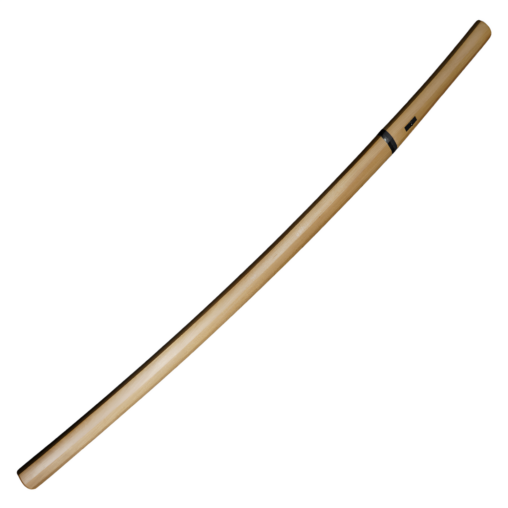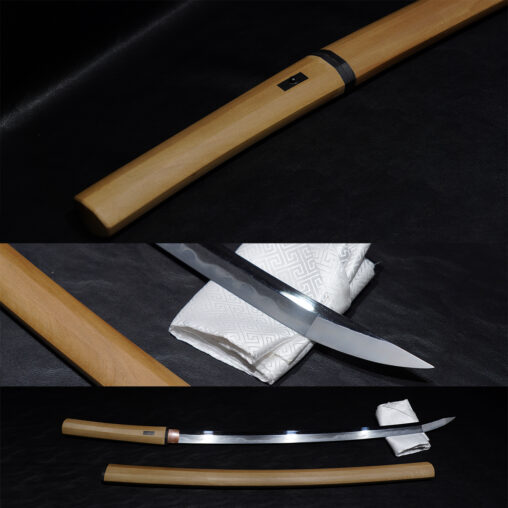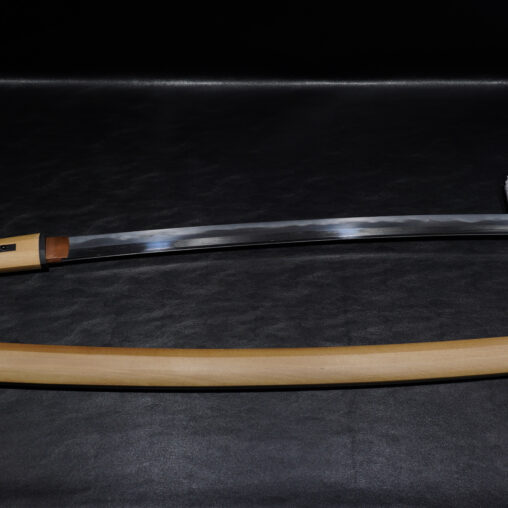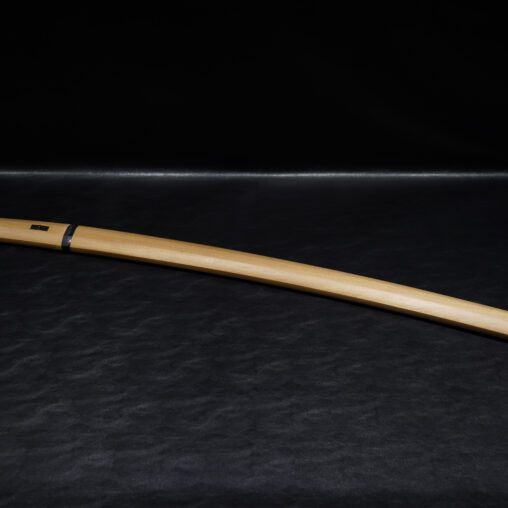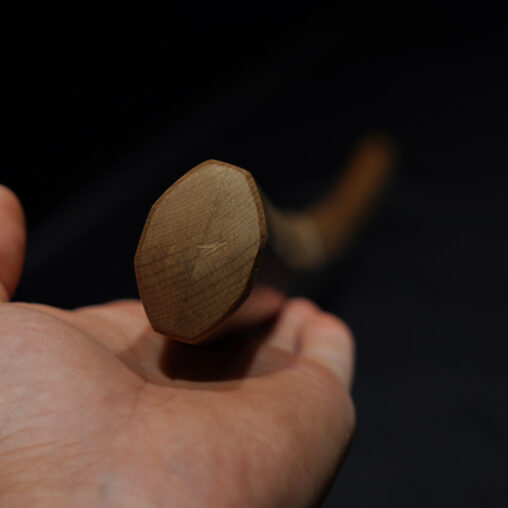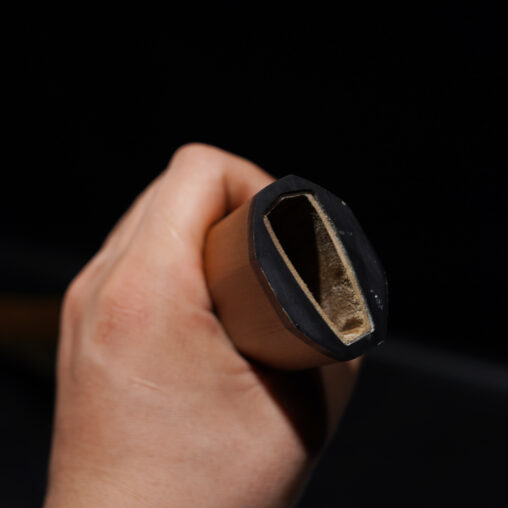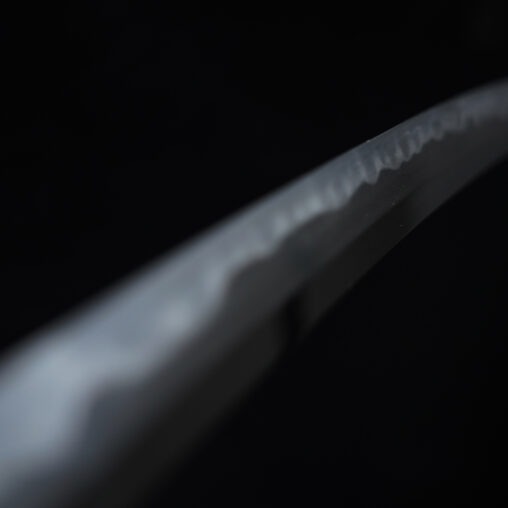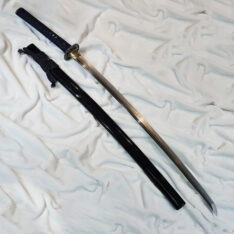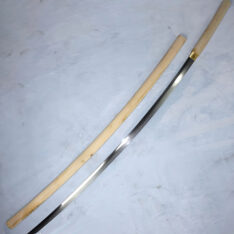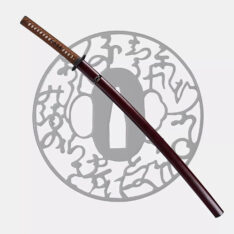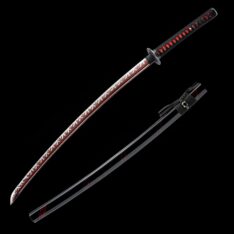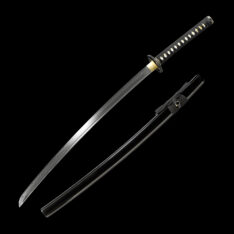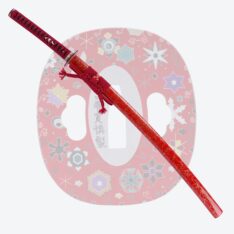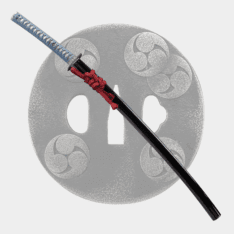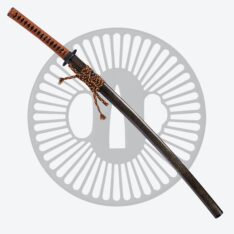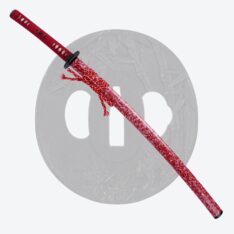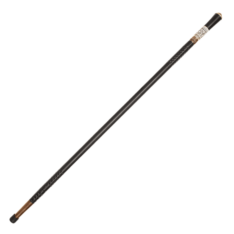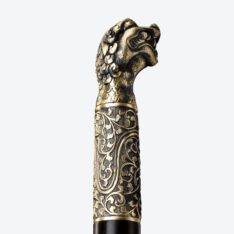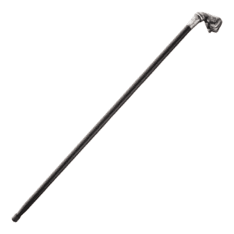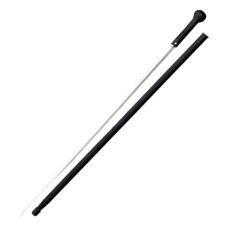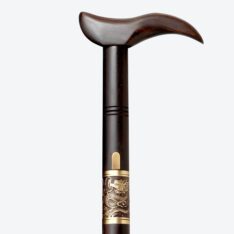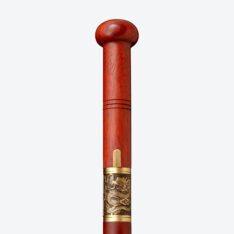Shadow Dancer Shirasaya Tamahagane O-Kissaki Katana

Out of stock
![]() Ordering within the USA:
Ordering within the USA:
U.S. Suppliers: 2 to 6 days
International Suppliers: 2 to 3 weeks (Tariffs covered by us for all brands except Everest Forge)
![]() Shipping outside of USA:
Shipping outside of USA:
U.S. Suppliers: Not available (We can only ship products from international suppliers)
International Suppliers: 2 to 4 weeks (All Shipments to EU are Duty paid)
Most swords from international suppliers are carefully assembled and inspected before shipping, which contributes to the longer delivery timeframe.
We carefully choose our suppliers, resulting in a diverse inventory of products. Classification isn’t solely price-based and may change dynamically due to various factors like reviews, brand reputation and such.
We will refund you double the difference,
if you find a product at a lower price elsewhere
Email us your order ID along with a link to the website where you found the exact same products at a lower price. Our team will be happy to process a partial refund for you.
Just a note: the price comparison will need to include taxes, shipping and any applicable discounts, and it should only apply within the US.








